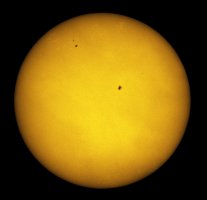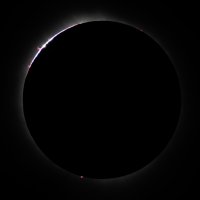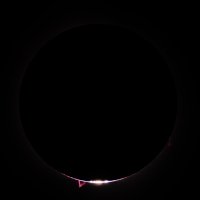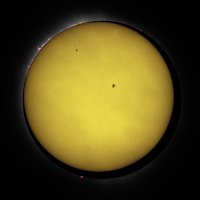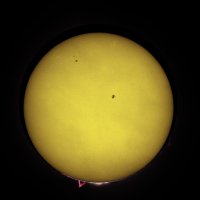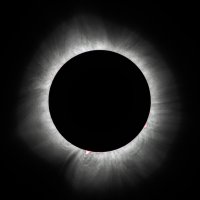Pretty cool. Well done, josephandrews222.
Upvote
0
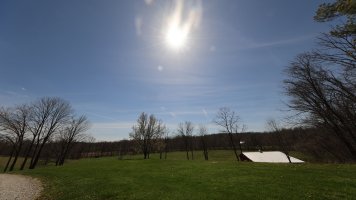
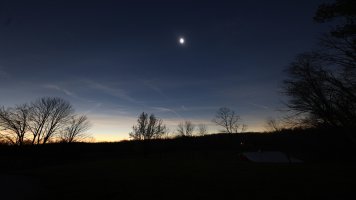
It's great you were able to show Jupiter! I had read there was a small chance of a comet 12P/Pons-Brooks, but it looks like that didn't happen.After arriving home from a round trip of 4500miles by car I can finally start processing my solar eclipse photos in earnest.
First up are a couple of frame grabs from my R8+RF10-20mm 4k movie.
Photo 1 - Note the light cloud cover which was a vast improvement from the day before and after when we had pouring rain. About 10min prior to totality.
Photo 2 - Totality! Note Jupiter in the lower right from the sun. The temperature dropped about 10 degrees F from the start of the eclipse to totality.
What's cool about doing a movie with scuzzy skies during an eclipse is watching the Moon's shadow crossing the sky. We couldn't observe this phenomenon in 2017 on the Oregon/Idaho border with perfect skies.View attachment 216142View attachment 216143
